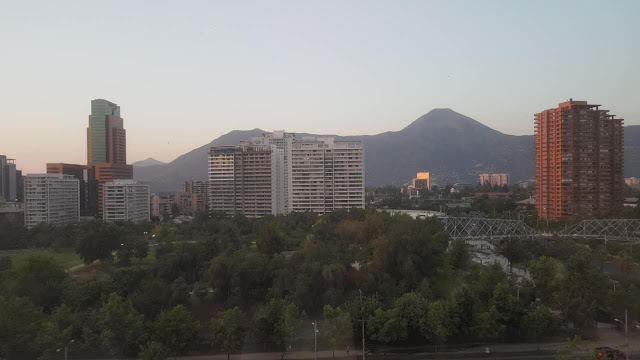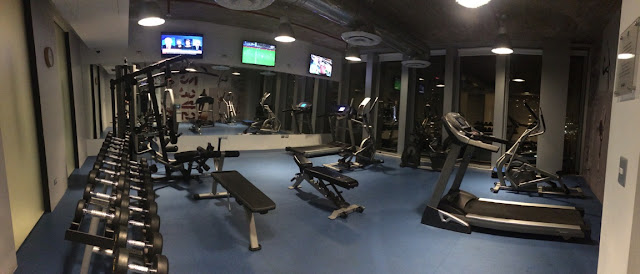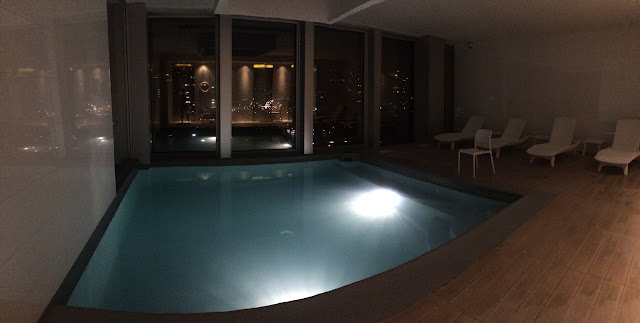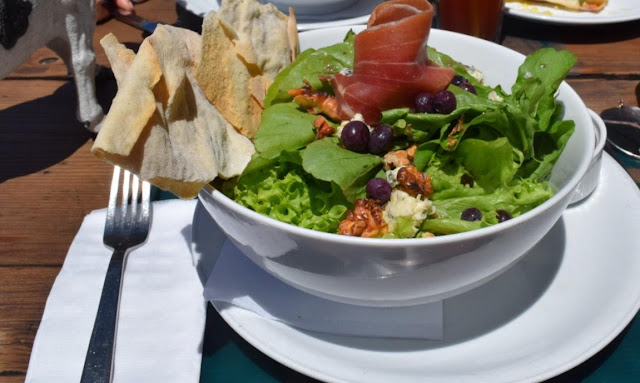| One of our guides, Pablo, leading the pack |
Once we got used to the feeling of being on top of our horses, we were able to trust that we were safe and in good hands (or hooves). We began to enjoy the beautiful scenery and emerging views from high above. And the higher we climbed, the more spectacular the views were! Whether we were riding under a canopy of trees or looking out over the edge of the mountain, we couldn't help but gape in awe at the nature surrounding us. Ashley, one of the faculty members on the trip said, "As we ascended that mountain with bravery, looking around, I have never seen such beautiful views in all my travels. The only country that maybe comes close is New Zealand, but the Andes mountains definitely take first prize."
| Katelynn, Marta, Ale, and Claire waiting to dismount at the top of the mountain |
We arrived at the top of the mountain and dismounted our noble steeds. Looking down, we were so high up that the river that ran through the mountains looked like a small squiggly line, and in the distance were the tops of some snow-capped mountains. Everyone took this opportunity to snap some pictures and play with two dogs that had followed us up on our ride.
After our short break, it was time to descend. All of us were terrified because the pathways on the way up were so steep, and we couldn't imagine what they would be like going down. Essentially, we just had to put our faith in the horses and trust that they would get us back safely. And although there were a few times when they slipped on the rocks, the horses did their job very well!
Reflecting on the experience, Katelynn Griffin described it as "beautifully terrifying." Ale Jaramillo commented that "the gorgeous view from the top was definitely worth the long, sometimes scary trek through the heat." I also asked Matt Raggi why he chose horseback riding over the other popular activity whitewater rafting, and he answered, "I really love horses so this opportunity to put all my trust in my horse was incredible. I think it was great to see those views and have that added experience."
| Unbelievable view from the top! |
























